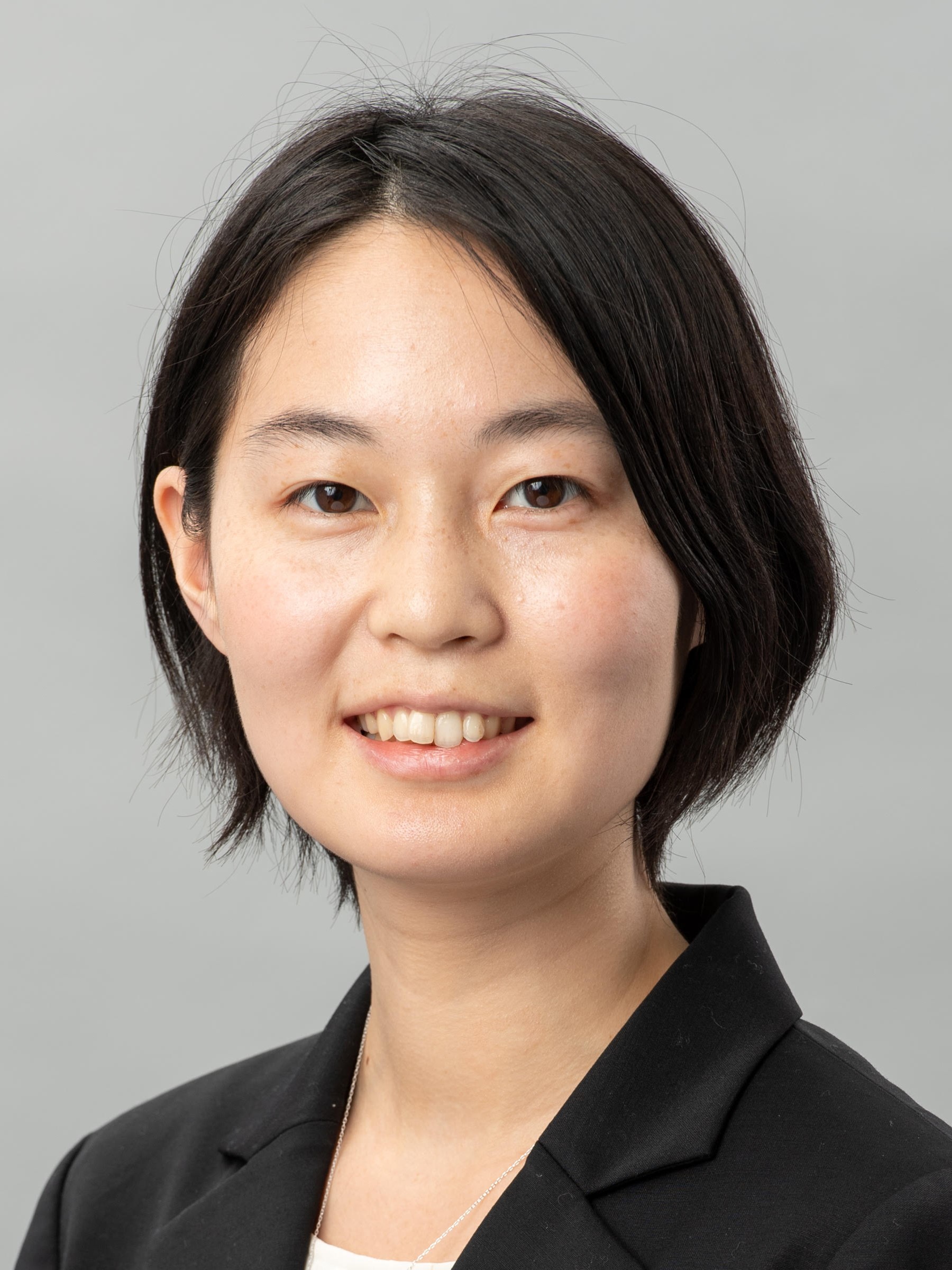Profile

Adjunct Associate Professor, Department of Mathematical Informatics, Graduate School of Information
Science and Technology, University of Tokyo
RIKEN Center for Brain Science
2-1 Hirosawa, Wako-shi, Saitama 351-0198
Tel:
Fax:
E-mail:lukas.schmitt@riken.jp
CV
| Jun. 2007 | (Undergraduate) Received a bachelor of science degree in Brain and Cognitive Sciences from the Massachusetts Institute of Technology |
|---|---|
| Mar. 2014 | (Graduate Research) Received a Doctoral Degree in Neuroscience from the Tufts University School of Medicine |
| Apr. 2014-Dec. 2017 | (Postdoctoral Fellow) Conducted Postdoctoral Research at the New York University School of Medicine |
| Jan. 2018-Nov. 2019 | (Research Scientist) Conducted Postdoctoral Research at the Massachusetts Institute of Technology |
| Jan. 2020-Present | (Team Leader) Neuroscience |
Research Themes
We aim to clarify how dynamic interactions between neuronal networks in the brain store and interpret information for the construction of internal models of the external world. To accomplish this, we continuously develop electrophysiological and optical techniques to measure and control neural activity in multiple brain regions during behavioral tasks that engage cognitive function. By analyzing the obtained data using dynamical systems and machine learning approaches as well as computational models of brain activity, we seek to unravel the computational principles underlying cognitive functions such as perception and inference.
Selected Publications
- Schmitt LI, Wimmer RD, Nakajima M, Happ M, Mofakham S, Halassa MM. Thalamic amplification of cortical connectivity sustains attentional control (2017). Nature, 545:219-223. Doi: 10.1038/nature 22073. PMID: 28467827
- Schmitt LI*, Wimmer RD*, Davidson TJ, Nakajima M, Deisseroth K, Halassa MM. Thalamic control of sensory selection in divided attention. (2015). Nature, 526:705-9. Doi: 10.1038/nature 15398. PMID: 26503050
- Nakajima M, Schmitt LI, Halassa MM. Prefrontal Cortex Regulates Sensory Filtering through a Basal Ganglia-to-Thalamus Pathway. (2019) Neuron. Aug 7;103(3):445-458.e10. doi: 10.1016/j.neuron.2019.05.026. Epub 2019 Jun 12. PubMed PMID: 31202541; PubMed Central PMCID: PMC6886709.
- Nakajima M*, Schmitt LI*, Feng G, Halassa MM. Combinatorial Targeting of Distributed Forebrain Networks Reverses Noise Hypersensitivity in a Model of Autism Spectrum Disorder. (2019) Neuron. Nov 6;104(3):488-500.e11. doi: 10.1016/j.neuron.2019.09.040. Epub 2019 Oct 21. PubMed PMID:31648899.
- Wells MF*, Wimmer RD*, Schmitt LI, Feng G, Halassa MM. Thalamic reticular impairment underlies attention deficit in PtchD1Y/- mice. (2016). Nature, 532:58-63. Doi:10.1038/nature17427. PMID:27007844
- Schmitt LI, Sims RE, Dale N, Haydon PG. Wakefulness Affects Synaptic and Network Activity by Increasing Extracellular Astrocyte-Derived Adenosine. (2012). Journal of Neuroscience, 32(13), 4417-4425. doi:10.1523/JNEUROSCI.5689-11.2012. PMID:22457491













